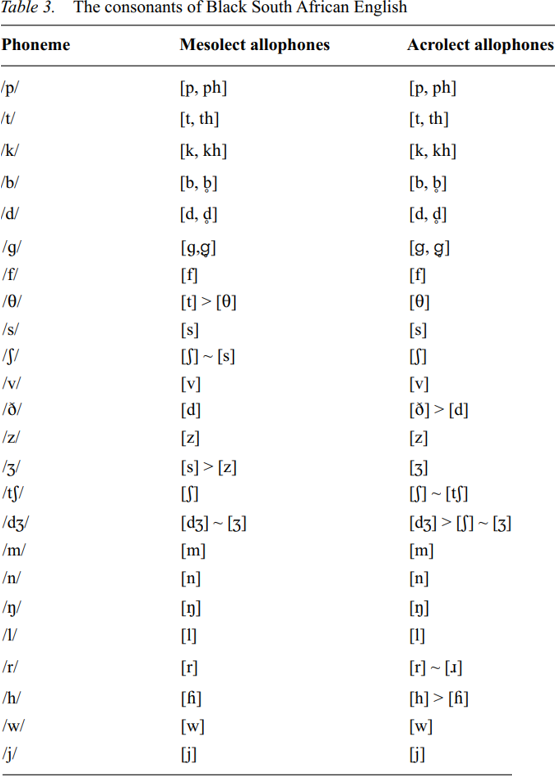

Grammar


Tenses


Present

Present Simple

Present Continuous

Present Perfect

Present Perfect Continuous


Past

Past Continuous

Past Perfect

Past Perfect Continuous

Past Simple


Future

Future Simple

Future Continuous

Future Perfect

Future Perfect Continuous

Passive and Active


Parts Of Speech


Nouns

Countable and uncountable nouns

Verbal nouns

Singular and Plural nouns

Proper nouns

Nouns gender

Nouns definition

Concrete nouns

Abstract nouns

Common nouns

Collective nouns

Definition Of Nouns


Verbs

Stative and dynamic verbs

Finite and nonfinite verbs

To be verbs

Transitive and intransitive verbs

Auxiliary verbs

Modal verbs

Regular and irregular verbs

Action verbs


Adverbs

Relative adverbs

Interrogative adverbs

Adverbs of time

Adverbs of place

Adverbs of reason

Adverbs of quantity

Adverbs of manner

Adverbs of frequency

Adverbs of affirmation


Adjectives

Quantitative adjective

Proper adjective

Possessive adjective

Numeral adjective

Interrogative adjective

Distributive adjective

Descriptive adjective

Demonstrative adjective


Pronouns

Subject pronoun

Relative pronoun

Reflexive pronoun

Reciprocal pronoun

Possessive pronoun

Personal pronoun

Interrogative pronoun

Indefinite pronoun

Emphatic pronoun

Distributive pronoun

Demonstrative pronoun


Pre Position


Preposition by function

Time preposition

Reason preposition

Possession preposition

Place preposition

Phrases preposition

Origin preposition

Measure preposition

Direction preposition

Contrast preposition

Agent preposition


Preposition by construction

Simple preposition

Phrase preposition

Double preposition

Compound preposition


Conjunctions

Subordinating conjunction

Correlative conjunction

Coordinating conjunction

Conjunctive adverbs


Interjections

Express calling interjection


Grammar Rules

Preference

Requests and offers

wishes

Be used to

Some and any

Could have done

Describing people

Giving advices

Possession

Comparative and superlative

Giving Reason

Making Suggestions

Apologizing

Forming questions

Since and for

Directions

Obligation

Adverbials

invitation

Articles

Imaginary condition

Zero conditional

First conditional

Second conditional

Third conditional

Reported speech


Linguistics

Phonetics

Phonology


Semantics


Pragmatics

Linguistics fields

Syntax

Morphology

Semantics

pragmatics

History

Writing

Grammar

Phonetics and Phonology

Semiotics


Reading Comprehension

Elementary

Intermediate

Advanced


Teaching Methods

Teaching Strategies
Consonants
المؤلف:
Bertus van Rooy
المصدر:
A Handbook Of Varieties Of English Phonology
الجزء والصفحة:
948-54
2024-05-25
1051
Consonants
Hundleby (1963: 101) already claimed that the consonants of BlSAfE are more similar to native varieties of SAfE than the vowels, a claimed confirmed by most subsequent publications. The most important phonemes and allophones of mesolect and acrolect BlSAfE are presented in Table 3

Plosives in BlSAfE are similar to native varieties of SAfE in respect of manner and place of articulation. Final devoicing takes place very consistently, while regressive voicing assimilation is observed in the speech of Tswana speakers, but it is not certain if this is true for all BlSAfE speakers and has not been researched yet. A slightly more widespread distribution of word initial devoicing of [g] has been reported and observed in some of my data, but it is not a consistent phenomenon, and there is no suggestion of the neutralization of the voicing contrast between the phonemes /k/ and /g/. In the acrolect form, most of these features are maintained, so there is little difference between the two varieties of BlSAfE in this respect.
Aspiration occurs regularly, and is phonemic in all the Southern Bantu languages. In the mesolect, aspiration is present in slightly more than half of the syllable-initial plosive onsets (excluding those followed by sonorants before the nucleus vowel), while this increases to about three quarters in the acrolect. Some aspiration is also observed in other positions, but usually in less than a quarter of all cases.
The dental fricatives /θ,ð/ in mesolectal BlSAfE are usually realized as plosives, with both dental and alveolar articulations observed, but nothing further back towards the post-alveolar place of articulation, whereas in the acrolect two thirds or more of these phonemes are realized as fricatives, with some inter-speaker variation. The palatal fricatives /ʃ , Ʒ/ tend to become alveolar [s, z], particularly in the case of the voiced /Ʒ/, while the acrolectal speakers again approximate the phonetic quality of the native varieties of SAfE more closely. In the case of all these fricatives, the voiceless /θ/ and /ʃ/ are more likely to be realized as fricatives, while the voiced /ð/ and /Ʒ/ are more likely realized as plosives. Final devoicing also affects fricatives consistently in the acrolect and mesolect.
The affricates /ʧ , ʤ/ show lots of variation in the mesolect and the acrolect. In the mesolect, the voiceless /tʃ/ is realized as fricative [ʃ] in most cases, while /ʤ/ is realized by at least five different allophones, including [ʤ] and [ʃ] each occurring in about one third of the observed cases. In the acrolect, the allophones [tʃ] and [ʤ] occur in about half of all cases, with the fricative variants [ʃ] and [Ʒ] being observed in most other cases.
The sonorants are generally very similar to native varieties of SAfE. The nasals show little if any difference, while the liquid /l/ has some co-articulatory valorization in the environment of back vowels, but perhaps less so than in native varieties of SAfE. The rhotic /r/ is generally realized by a trilled [r] in the mesolect, and this remains the case in just more than half of all observed cases in the acrolect, although the approximant [ɹ] is observed in the remainder of the cases. The glottal sound /h/ is usually realized as a voiced  in the mesolect, but the acrolect is characterized by a voiceless [h] in the majority of cases. The other two glides, /j/ and /w/ are very similar in BlSAfE and native varieties of SAfE (cf. Van Rooy 2000).
in the mesolect, but the acrolect is characterized by a voiceless [h] in the majority of cases. The other two glides, /j/ and /w/ are very similar in BlSAfE and native varieties of SAfE (cf. Van Rooy 2000).















 قسم الشؤون الفكرية يصدر مجموعة قصصية بعنوان (قلوب بلا مأوى)
قسم الشؤون الفكرية يصدر مجموعة قصصية بعنوان (قلوب بلا مأوى) قسم الشؤون الفكرية يصدر مجموعة قصصية بعنوان (قلوب بلا مأوى)
قسم الشؤون الفكرية يصدر مجموعة قصصية بعنوان (قلوب بلا مأوى) قسم الشؤون الفكرية يصدر كتاب (سر الرضا) ضمن سلسلة (نمط الحياة)
قسم الشؤون الفكرية يصدر كتاب (سر الرضا) ضمن سلسلة (نمط الحياة)

















